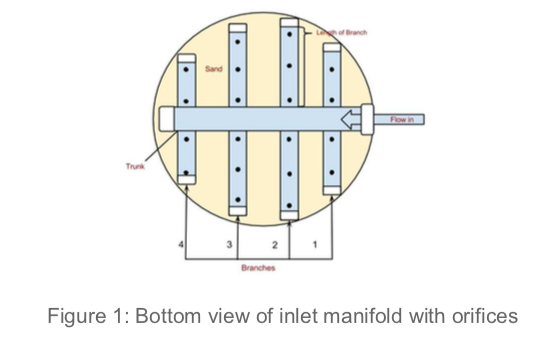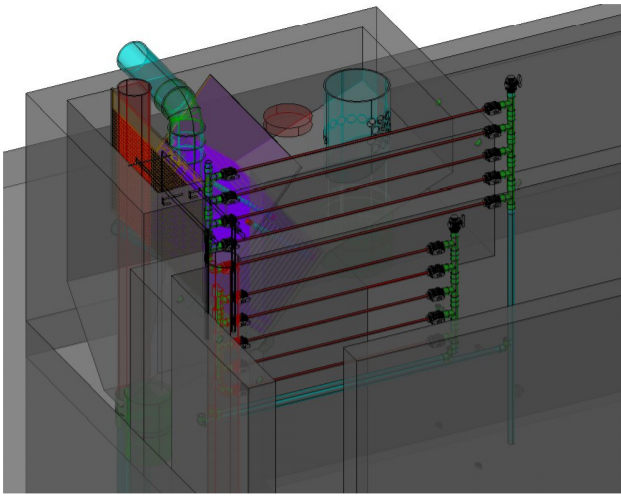Zoe Maisel, Evan Greenberg, Yi Guo, Mason Minot
Abstract:
The Fall 2015 Upflow Anaerobic Sludge Blanket (UASB) group has continued the previous work of the AguaClara anaerobic wastewater groups. A literature review of technical journals was conducted to gain familiarity with the current state of anaerobic wastewater treatment technology internationally. The reports from previous wastewater groups were also reviewed to provide insight into the current state of anaerobic wastewater technology within AguaClara. The literature review served to identify common challenges to address during this and next semester including reactor leakage and creating an airtight design, combining a UASB unit with a GSBR unit in an attempt to improve overall treatment capacity, and oxygen stress testing to determine the robustness of the reactor. The beginning of the semester was spent cleaning and removing biomass from reactors, testing for leaks using a bubble solution, and performing a single day pressure test in an attempt to approximately quantify the volumetric leakage rate. Two UASB reactors were inoculated and began producing biogas within the first week of operation. COD analysis and gas chromatography were performed to characterize the efficiency of COD treatment and methane production within the reactors.
Whatever it is, the way you tell your story online can make all the difference.











